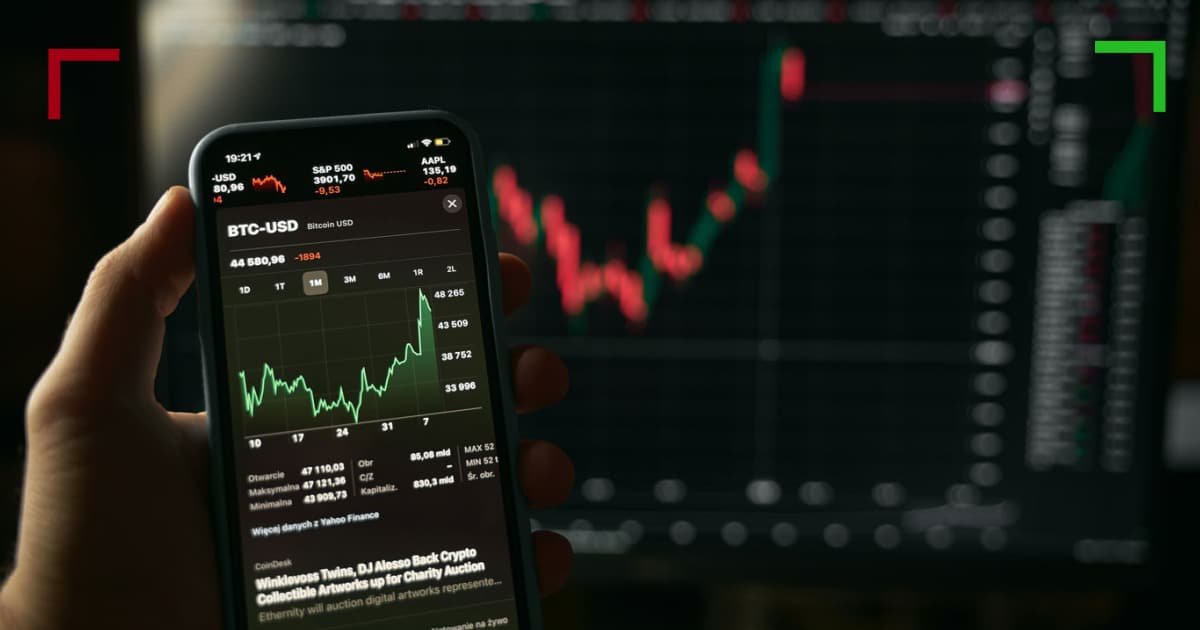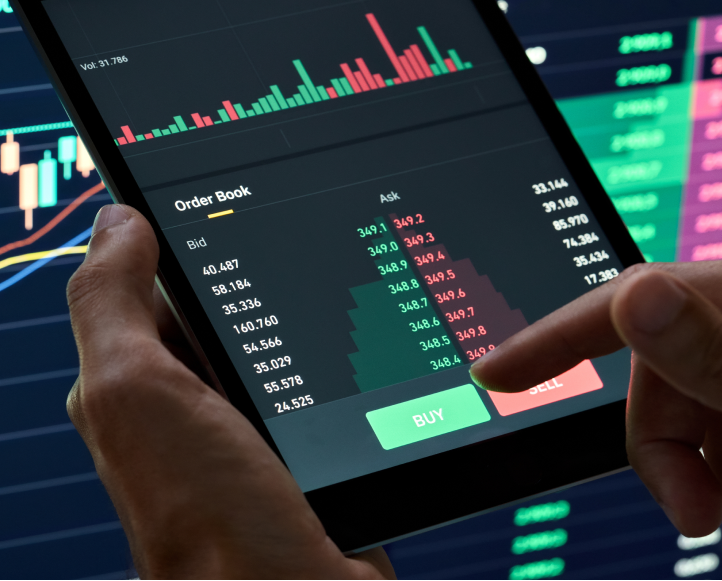
Understanding Crypto Trading Trend Signal
In the fast-paced world of cryptocurrency, traders constantly seek approaches that can enhance their market undertakings. One of the most crucial aspects of trading is the ability to interpret trends effectively. The Crypto Trading Trend Signal has emerged as a critical tool in this endeavor. By analyzing price movements and market behaviors, traders can make informed decisions to maximize profits and minimize losses. In this article, we will explore the fundamentals of Crypto Trading Trend Signals, how to utilize them, and their significance in trading strategies. Additionally, we will discuss the integration of technology and analysis in trend forecasting. For more intriguing insights into the cryptocurrency landscape, check out this article: Crypto Trading Trend Signal https://medium.com/@boredjobs/bayc-and-gcg-owners-get-vip-lounge-access-at-28-airports-global-lounge-network-and-boredjobs-4c589cb6c491.
What are Crypto Trading Trend Signals?
Crypto Trading Trend Signals are indicators that help traders identify the direction of the market trend over a specified time frame. These signals can come from various sources, including technical analysis, chart patterns, and price indicators. The goal is to determine whether the market is in an uptrend, downtrend, or in a sideways movement, thus allowing traders to position themselves accordingly.
Types of Trend Analysis
Trend analysis in cryptocurrency trading can be categorized into several types, each with its methodologies and implications:

- Technical Analysis: This method studies historical price data and volume to predict future movements. Traders use charts and indicators such as moving averages and RSI (Relative Strength Index) to gauge market conditions.
- Fundamental Analysis: This approach considers external factors like news, regulations, technological advancements, and market sentiment that can influence the trends and prices of cryptocurrencies.
- Sentiment Analysis: By analyzing the mood of market participants through social media, forums, and news articles, traders can gauge the potential shifts in trends.
How to Use Crypto Trading Trend Signals
Utilizing Crypto Trading Trend Signals effectively requires understanding their construction and the broader market context. Here are some fundamental steps:
- Identify the Trend: Use charts to identify whether the crypto asset is trending upwards, downwards, or sideways.
- Select Indicators: Choose relevant indicators that align with the identified trend. Common tools include moving averages, MACD, and Bollinger Bands.
- Confirm the Signal: Look for confirmation from multiple indicators or patterns before making a decision. This helps ensure that your analysis isn’t based on a single point of view.
- Plan Your Entry and Exit: Determine your entry point based on trend confirmation and set clear targets for taking profits or cutting losses.
Importance of Trend Signals in Trading Strategies
Incorporating trend signals into your trading strategy can significantly improve your chances of success. Here are a few reasons why they are essential:
- Enhanced Decision Making: Trend signals provide concrete data that can help traders make informed decisions rather than relying on emotional responses.
- Increased Profit Potential: Identifying trends early can lead to timely entries and exits, maximizing profit opportunities.
- Risk Management: By understanding trend signals, traders can implement stricter risk management strategies, limiting potential losses.

Common Tools for Analyzing Trend Signals
Traders utilize numerous tools to aid their analysis of trend signals. Here’s a look at some of the most common:
- TradingView: An advanced charting platform that offers various indicators and tools for technical analysis.
- CoinMarketCap: A powerful resource for accessing real-time data on cryptocurrency prices and market capitalization.
- Crypto Exchanges: Many exchanges provide built-in tools and indicators for analyzing price trends on their platforms.
Challenges in Using Trend Signals
While trend signals are beneficial, traders must be aware of potential challenges:
- False Signals: Indicators might provide false signals due to sudden market volatility, leading to losses if not interpreted correctly.
- Lagging Indicators: Many technical indicators are lagging, which means they may not reflect real-time changes in the market promptly.
- Market Sentiment: External factors, such as market news and announcements, can dramatically alter trends, sometimes making charts unreliable.
Conclusion
In the ever-changing domain of cryptocurrency trading, understanding and utilizing Crypto Trading Trend Signals is indispensable. By effectively analyzing trends, traders can make informed decisions that enhance their trading strategies and positions. While there are challenges and risks associated with using trend signals, with persistent practice and a comprehensive approach, traders can navigate the complexities of the crypto market more confidently. As the crypto landscape evolves, staying updated with new tools and methodologies will foster a deeper understanding and improved trading outcomes.


